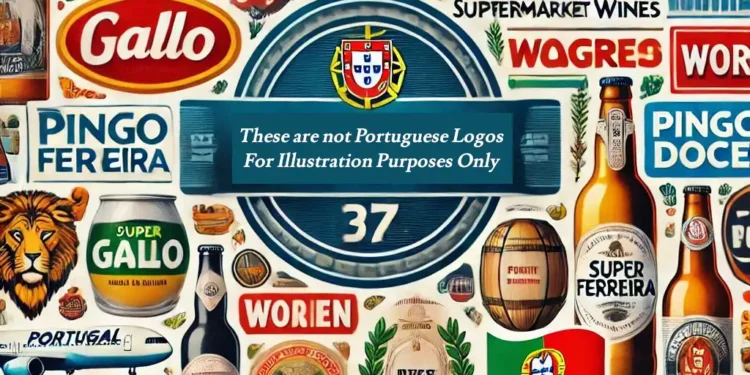Television in Portugal officially began on March 7, 1957, marking a significant leap in the country’s media landscape. This milestone was achieved by RTP (Rádio e Televisão de Portugal), which remains the public service broadcasting organization today. The launch of RTP brought the world into Portuguese living rooms, making information and entertainment more accessible than ever before.
The 1960s: Expansion and Popularization
The 1960s saw the rapid expansion of television in Portugal. Initially, television sets were a luxury, affordable only by a few. However, as the decade progressed, more families could buy TVs, leading to a broader audience. Iconic shows like “Rua Sésamo,” the Portuguese version of Sesame Street, played a crucial role in popularizing television among children and educational programming became a staple.
The Revolutionary 1970s: Change and Growth
The 1970s were a period of profound change in Portugal, both politically and culturally, significantly influencing television. The Carnation Revolution in 1974 ended decades of dictatorship and censorship, leading to a more open and democratic society. This newfound freedom was reflected in television content, which began to address previously taboo topics and promote diverse viewpoints.
The 1980s: The Golden Age of Portuguese Television
The 1980s are often considered the golden age of Portuguese television. The decade saw a boom in television production, with many classic shows that are still fondly remembered today. Soap operas, news programs, and game shows dominated the airwaves, and RTP’s monopoly ended with the introduction of SIC (Sociedade Independente de Comunicação) and TVI (Televisão Independente) in the early 1990s, bringing more competition and variety to viewers.
The Digital Revolution: 2000s and Beyond
The turn of the millennium brought the digital revolution, transforming television in unprecedented ways. High-definition broadcasting, streaming services, and on-demand content changed how Portuguese viewers consumed television. RTP adapted to these changes by launching RTP Play, an online platform providing live streaming and a vast archive of programs. The competition intensified with the arrival of cable and satellite TV providers, giving viewers a plethora of channels and content.
The Current Landscape and Future Prospects
Today, Portuguese television continues to evolve with the digital age. Streaming giants like Netflix, Amazon Prime, and HBO have entered the market, offering a global range of content that challenges local broadcasters. Despite these challenges, RTP, SIC, and TVI remain strong, producing high-quality content that resonates with Portuguese audiences. The future of Portuguese television lies in its ability to adapt to changing technologies and viewer preferences while maintaining its unique cultural identity.
There you have it, a brief journey through the rich history of Portuguese television. It’s a tale of technological innovation, cultural shifts, and the enduring power of storytelling.











